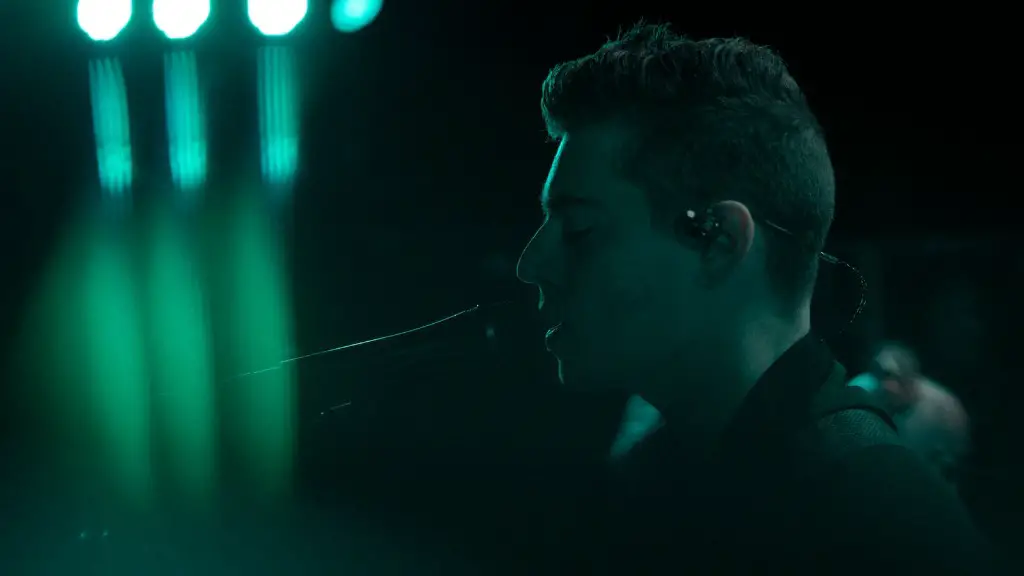Dreaming of becoming the next Picasso by skillfully sketching a realistic human figure? Look no further! With the right tools, knowledge, and practice, you can become an expert in no time. Despite it being an intimidating concept, drawing a realistic person isn’t as hard as you think, and can be fun as well! Here’s a step by step guide to help you get started.
Gather the Right Materials
Just like with any project, having the right materials to work with can make life a lot easier and make your drawings look their best. You’ll need a few basic tools, such as quality sketch paper, graphite pencils, kneaded eraser, blending stump, and a sharpener. A kneaded eraser is a light gray putty that can be molded and reshaped over and over again – it’s an excellent tool to get precise erasing.
Investing in high-quality pencils that range in different degrees of hardness (“H” or “B”) can really help to create realistic skin tones and shadows. A blending stump is ideal for smoothing out pencil strokes and adding nuances to the person’s face.
Proportion and Skeleton
Now it’s time to dive into the fun stuff! Firstly, give some thought to character features: hair, eyes, skin color, shape of the nose, shape of the lips and facial features. Don’t worry too much about minor details at first, though – focus on proportions and the structure of the person’s face, for example, the eyes should be placed symmetrically in relation to the center of the face, not too close to the nose. Overall, your main focus should be determining the skeleton of the face and drawing it accurately in the very beginning.
When it comes to the body, pay close attention to the torso and sketch out the arms, legs and neck using a light pencil line.
Drawing the Facial Features
Time to add some detail! Start with the lips; the top lip should be slightly thinner and shorter than the bottom lip. The nose should fit in the center of the face, right between the eyes, and be not too wide. Get creative with the hair and draw the hairstyle you want, single strands at a time. You can even draw a hairstyle that goes against the wind and has a more natural effect.
When you get to the eyes, pay very close attention to the details, like the shape of the iris, strength of the eyebrows, and intensity of the eyes. If you want more realism, remember to add damages, like bags under the eyes, wrinkles, crow’s feet, wrinkles around the mouth, etc.
Adding Finish and Shading
To add the finishing touch, use a pencil to create the shadows and shading that will bring the drawing to life. When shading the face, you’ll want to apply settings in varying degrees of darkness. Remember to use the right amount of pressure on the pencil as you apply the different shades.
In comparison to the face, the body will usually require a darker shade as casting a shadow. Adding the right amount of shadows can take the drawing to the next level and really make it look a lot more realistic.
Practice Makes Perfect
Drawing a realistic person doesn’t happen overnight, so be prepared to give some time and energy for practice before you can start creating masterpiece-level sketches. Initially, make sure to keep at it, practice more and more, and make lots and lots of sketch papers your best friends! Soon enough, you’ll walk through the path of realism and let your ideas fly.
Doing the same sketch over and over again is an excellent way to really focus on identifying imperfections, so you can perfect them. As you become more confident, don’t forget to add details, like vivid eyes, intense eyebrows and realistic shadows.
Go for Natural Pieces
Instead of studying your work in front of a mirror, try drawing from life! Assemble a few items from around your home, such as a stack of books or a vase, and draw the shapes and structures you observe from your perspective. As you practice, you can add character to your drawings with organic lines and dynamic curves. This practice will help you to become a master of realism!
Be Confident
Practice makes perfect, so don’t be afraid to make mistakes! Don’t be too hard on yourself, as you develop and progress. Self-criticism is a great starting point, but confidence is key – the more confident you are in your drawings, the better they’ll turn out whenever you pick up the pencil.
Final Thoughts
Drawing a realistic person isn’t as hard as it seems. With the right materials, practice, and confidence, you can easily become an expert in no time. Start by gathering the needed materials, then focus on proportions and face structure. After that comes the details, such as facial features, shadows, and shading. Then, practice regularly to become familiar with the process and give it your all.

